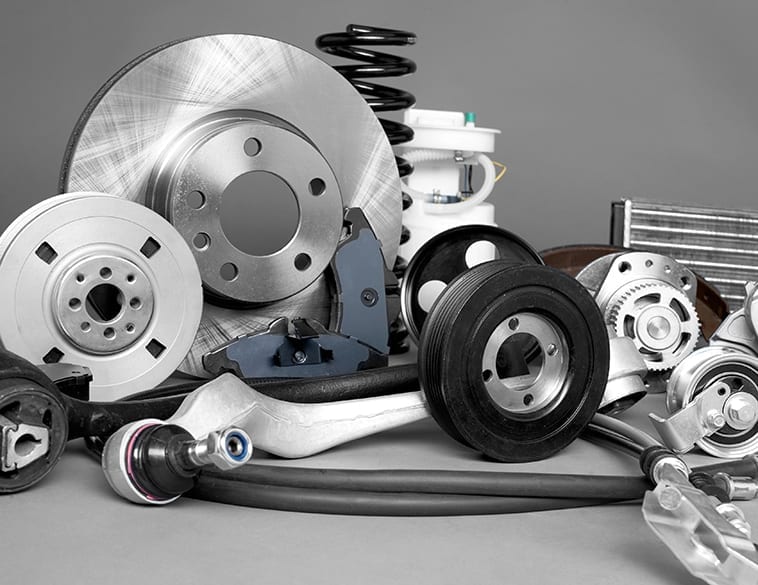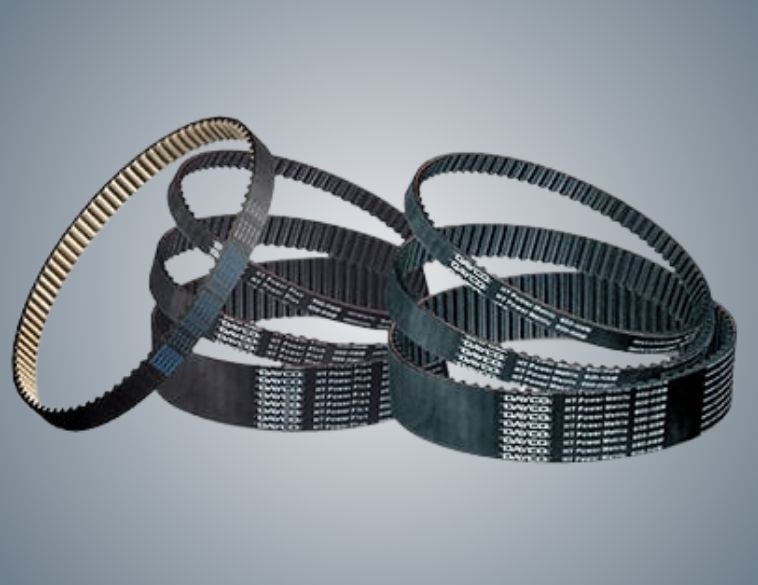We need to apply increased focus on Supply Chain logistics in order to better serve the Canadian Market.
Maybe… just maybe, our industry may be returning to local manufacturing and if not prolific manufacturing, perhaps a more robust environment to have more products available to the ultimate client base and their consumer customers in the Great White North.
As we are all aware, the bulk of automotive parts and component manufacturing moved to a global model some time ago or in other words, “low cost” countries. Now with trade wars and tariffs being applied, there is cause for concern, namely inflated prices and the potential of delayed availability of some products.
Here in our domestic market, the goals and objectives haven’t changed. Both the manufacturers as well as their customers are always looking to create a value proposition, deal with parts proliferation, invest in up-to-date data, and focus on waste elimination, just to name a few.
Managing inventory
What I have observed as one of the most significant issues being faced today is managing inventory as it moves through the entire supply chain while still providing a consistent return on investment. While there is offer of longer payment terms to offset larger inventory expansion (some of which may not be needed or considered fast moving), it seems that this could not be considered a long term solution. This action has led to an abundance of over-stored inventory along with inventory duplication and, ultimately, price pressure for all.
For Canada, the other significant observation is the number of manufacturers who would like to sell their products here but struggle with the logistics and administration required to move their products from their country of origin and into Canada efficiently and competitively. Many companies do ship products into Canada today but, by and large, in order to make it work equitably, they insist on large minimum order value, hence exacerbating the over-inventory issue, or they insist that the customer take on the responsibility as “importer of record” which many distributors prefer not to manage.
Work together better
This certainly dictates that both the manufacturers and their distributors need to work more closely together and without question, share their knowledge and their data so that through collaboration, they can develop a supply chain that creates continuous innovation, generates more efficient processes, and dramatically reduces waste.
Like many readers of this publication, I have witnessed this strategy as a work in progress in Canada, the U.S. and Europe, and based on existing relationships with customers, service providers, distributors, and manufacturers, these objectives are continuing to progress and developing the enhancements required for the supply chain. As always, it’s difficult to sell products from an empty shelf, and it is increasingly more difficult for distributors to invest in sales and marketing initiatives when they are financially burdened with too much slow or non-moving inventory.



